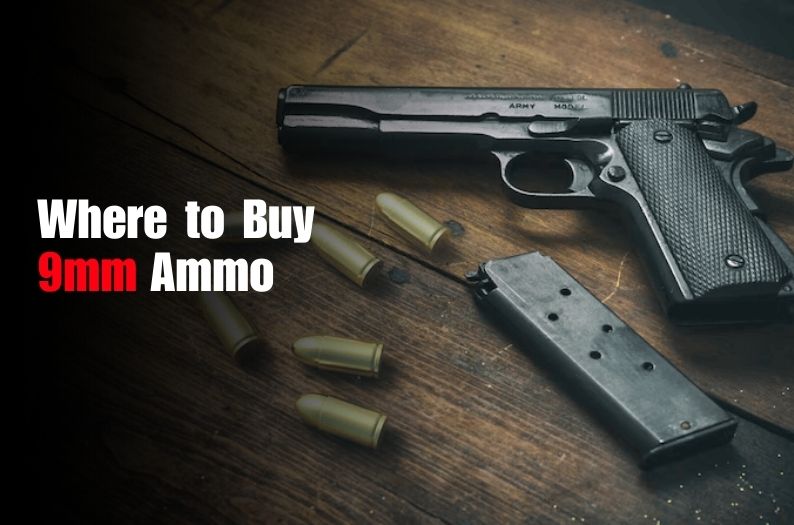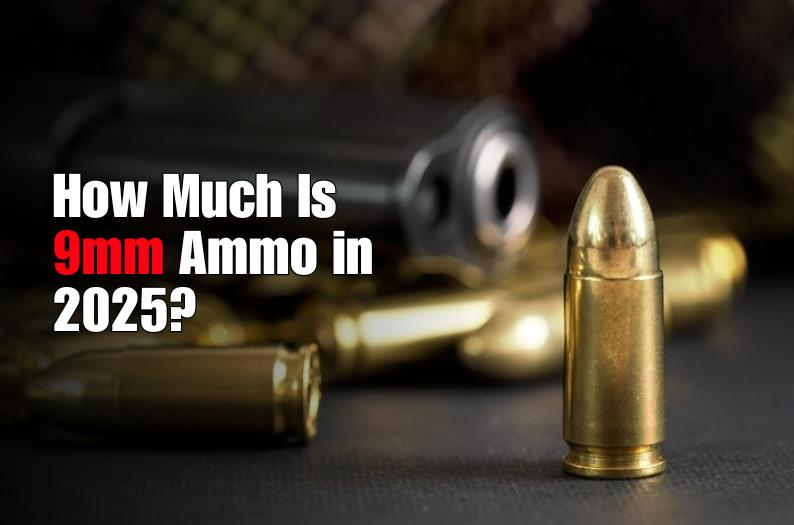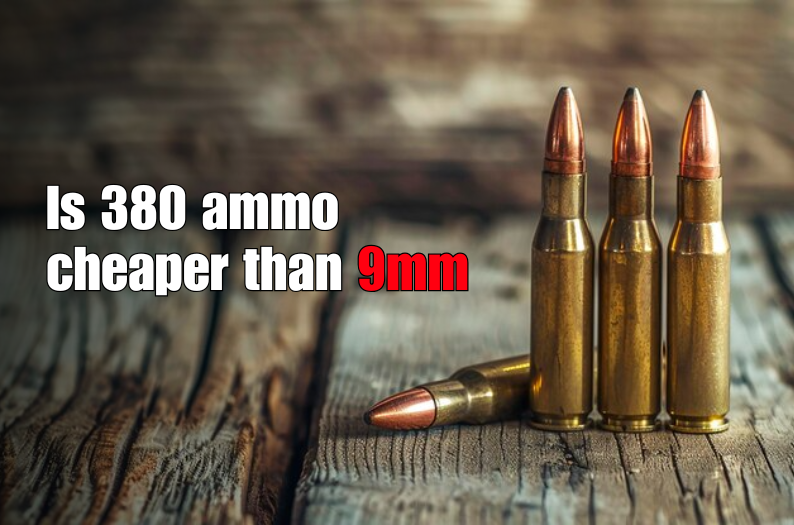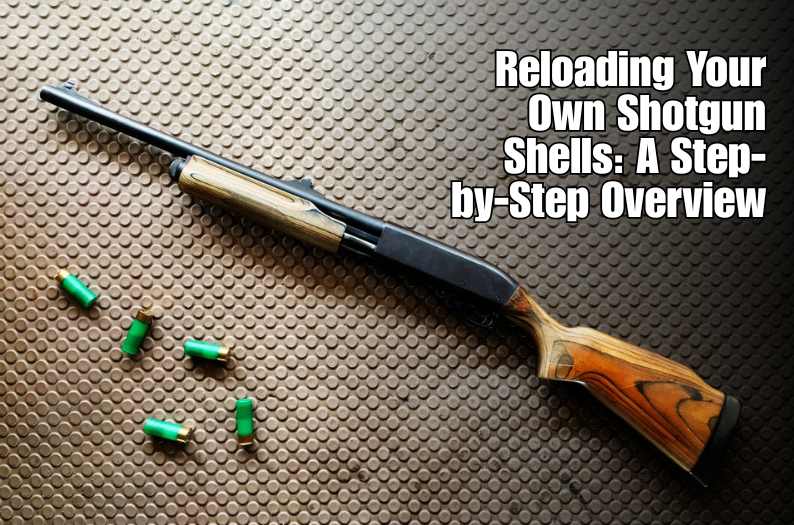Understanding the Varieties of 223 Ammunition: M193, M855, Match, and Varmint Loads
The 223 Remington cartridge has long been a staple in both military and civilian shooting sports. Known for its versatility, accuracy, and relatively low recoil, this cartridge has seen numerous variations designed to meet the diverse needs of shooters. Among the most notable are the M193 and M855 military loads, match-grade ammunition for precision shooting, and varmint loads designed for hunting small game. This comprehensive guide explores the history, ballistics, and applications of these 223 ammunition types, providing a detailed understanding of what each load offers and how it can enhance your shooting experience.
History of 223 Ammunition
The Development of 223 Ammunition and Its Military Roots
The story of 223 ammunition begins with its development in the late 1950s as part of a broader effort to modernize the U.S. military’s small arms. The U.S. military sought a lightweight, high-velocity cartridge that could be fired from a selective-fire rifle, capable of both semi-automatic and fully automatic modes. This led to the creation of the 223 Remington, which was later adopted by the U.S. military as the 5.56x45mm NATO.
The Birth of the M193 Load
The M193 was the first standard-issue military cartridge for the M16 rifle, which became the primary service rifle for the U.S. military during the Vietnam War. The M193 features a 55-grain Full Metal Jacket (FMJ) bullet designed to achieve high velocities and a flat trajectory. It was intended to provide effective performance at ranges of up to 500 meters, with the capability to penetrate light cover and cause significant wounding effects.
The Introduction of the M855 Load
In the 1980s, the U.S. military sought to improve the performance of the 5.56x45mm cartridge, particularly in terms of penetration and long-range effectiveness. This led to the development of the M855, also known as the SS109 in NATO terminology. The M855 features a 62-grain FMJ bullet with a steel penetrator tip, designed to penetrate body armor and other barriers more effectively than the M193. The M855 became the standard issue for the M16A2 and later the M4 Carbine.
Evolution of Match-Grade Ammunition
As the 223 Remington gained popularity in civilian shooting sports, there was a growing demand for ammunition that could deliver exceptional accuracy for precision shooting. This led to the development of match-grade ammunition, which is meticulously manufactured to tighter tolerances and often loaded with specialized bullets, such as Open Tip Match (OTM) or Hollow Point Boat Tail (HPBT). These loads are favored by competitive shooters and are used in precision rifles for long-range accuracy.
Development of Varmint Loads
In addition to its military and competitive shooting applications, the 223 Remington has become a popular choice for varmint hunting. Varmint loads are designed to deliver rapid expansion upon impact, making them highly effective for hunting small game such as prairie dogs, coyotes, and groundhogs. These loads typically feature lighter, more frangible bullets that minimize the risk of over-penetration while maximizing terminal performance.
Ballistic Performance of 223 Ammunition
Examining the Ballistics of M193, M855, Match, and Varmint Loads
The ballistic performance of 223 ammunition varies depending on the specific load and bullet design. Understanding the ballistics of each type of 223 ammo is crucial for selecting the right load for your intended application, whether it’s for military, hunting, or competitive shooting purposes.
M193 Ballistics
The M193 load, with its 55-grain FMJ bullet, is known for its high velocity and flat trajectory. Typically, the M193 achieves a muzzle velocity of around 3,250 feet per second (fps) from a 20-inch barrel, with a muzzle energy of approximately 1,294 foot-pounds (ft-lbs). This high velocity contributes to its effectiveness at ranges up to 500 meters, where it maintains sufficient energy to penetrate light cover and deliver wounding effects. The M193 is also known for its fragmentation upon impact, which can cause significant tissue damage in soft targets.
M855 Ballistics
The M855 load, featuring a 62-grain FMJ bullet with a steel penetrator, offers slightly different ballistic characteristics. The M855 typically achieves a muzzle velocity of around 3,020 fps from a 20-inch barrel, with a muzzle energy of approximately 1,255 ft-lbs. While the M855 is slightly slower than the M193, its steel penetrator tip gives it enhanced penetration capabilities, particularly against body armor and hard targets. However, the M855’s terminal performance in soft targets is often debated, as it does not fragment as readily as the M193.
Match-Grade Ballistics
Match-grade 223 ammunition is designed for precision shooting and is often loaded with heavier bullets, such as 69-grain or 77-grain Open Tip Match (OTM) or Hollow Point Boat Tail (HPBT) bullets. These heavier bullets provide improved stability and accuracy at longer ranges. For example, a 77-grain OTM load may achieve a muzzle velocity of around 2,750 fps from a 20-inch barrel, with a muzzle energy of approximately 1,293 ft-lbs. The high ballistic coefficient of these bullets ensures a flatter trajectory and better resistance to wind drift, making them ideal for competitive shooting and long-range applications.
Varmint Load Ballistics
Varmint loads are typically designed with lighter bullets, such as 40-grain or 50-grain projectiles, to maximize velocity and ensure rapid expansion upon impact. A 40-grain varmint load might achieve a muzzle velocity of around 3,600 fps from a 20-inch barrel, with a muzzle energy of approximately 1,150 ft-lbs. This high velocity ensures that the bullet fragments upon impact, delivering a devastating effect on small game. Varmint loads are often chosen for their ability to minimize over-penetration and reduce the risk of collateral damage when hunting in areas where precise shot placement is critical.
International Use of 223 Ammunition
The Global Adoption and Variations of 223 Ammunition
The 223 Remington and its military counterpart, the 5.56x45mm NATO, have been widely adopted by military forces, law enforcement agencies, and civilian shooters around the world. Each country may have its own specifications and variants of the cartridge, but the core characteristics of the 223/5.56 remain consistent.
NATO Standardization and Global Military Use
The 5.56x45mm NATO cartridge, derived from the 223 Remington, was standardized by NATO in the 1980s and has since become the standard small arms cartridge for many NATO member countries and their allies. The M193 and M855 loads are among the most commonly used variants, with the M855 being the standard issue for many military forces. Countries such as the United Kingdom, Germany, France, Canada, and Australia have adopted rifles chambered in 5.56x45mm NATO, such as the L85, G36, FAMAS, C7, and F88, respectively.
International Variants of 223/5.56 Ammunition
While the M193 and M855 are the most recognized military loads, various countries have developed their own variants of the 5.56x45mm NATO cartridge to meet specific requirements. For example, Belgium’s SS109 (which is equivalent to the M855) was one of the first 5.56mm NATO rounds to feature a steel penetrator, setting a standard that other nations followed. Israel developed the IMI M193 and M855 rounds for use in the Galil and Tavor rifles, ensuring compatibility with both NATO and domestically produced ammunition.
Civilian Use Around the World
The popularity of the 223 Remington extends beyond military use, with civilian shooters worldwide adopting the cartridge for a variety of purposes, including hunting, target shooting, and home defense. In countries with strict gun control laws, such as the United Kingdom and Australia, 223 Remington is often one of the few calibers permitted for civilian ownership, particularly for hunting small to medium-sized game. In the United States, the 223 Remington is a top choice for AR-15 owners, with a wide range of ammunition options available to suit different needs.
Law Enforcement and Tactical Applications
In addition to military and civilian use, the 223 Remington/5.56x45mm NATO cartridge is widely used by law enforcement agencies around the world. The cartridge’s effectiveness in urban environments, combined with its relatively low recoil and manageable over-penetration, makes it an ideal choice for police forces. Many SWAT teams and tactical units use rifles chambered in 223/5.56, relying on the cartridge’s versatility for a range of scenarios, from barricaded suspects to active shooter situations.
Applications and Considerations for 223 Ammunition
Choosing the Right 223 Ammunition for Your Needs
With a variety of 223 ammunition types available, selecting the right load for your specific application is essential. Whether you’re a competitive shooter, a hunter, or a military or law enforcement professional, understanding the strengths and limitations of each type of 223 ammunition will help you make an informed decision.
M193 for General-Purpose Use
The M193 load is an excellent all-around choice for general-purpose shooting. Its high velocity and reliable fragmentation make it effective for both training and defensive purposes. The M193 is also widely available and relatively affordable, making it a popular choice for shooters looking to stock up on ammunition.
M855 for Tactical Applications
The M855 load is best suited for tactical applications where penetration is a priority. Its steel penetrator tip gives it the ability to defeat light armor and barriers, making it a preferred choice for military and law enforcement operations. However, the M855’s performance in soft targets can be less predictable, so it may not be the best choice for all scenarios.
Match-Grade Ammunition for Precision Shooting
For competitive shooters and those seeking the highest level of accuracy, match-grade 223 ammunition is the way to go. The meticulously crafted bullets and consistent powder charges ensure that each shot performs identically, allowing for tight groupings at long ranges. Match-grade ammo is typically more expensive than standard loads, but the investment is worthwhile for those seeking to maximize their rifle’s accuracy.
Varmint Loads for Hunting
Varmint loads are specifically designed for hunting small game, offering rapid expansion and minimal over-penetration. These loads are ideal for use in rural or suburban areas where controlling the bullet’s path is crucial. The high velocity and explosive terminal performance of varmint loads make them particularly effective for eliminating pests and small predators.
Conclusion
The Enduring Legacy of 223 Ammunition
The 223 Remington has proven to be one of the most versatile and widely used cartridges in the world. Its adaptability to various roles, from military service to hunting and competitive shooting, ensures its continued popularity for decades to come. Whether you’re selecting ammunition for self-defense, tactical applications, or hunting, the 223 Remington offers a load that meets your needs.
As you explore the different types of 223 ammunition, consider your specific needs and the role each load can play in enhancing your shooting experience. Whether you’re looking for M193 for general-purpose use, M855 for tactical applications, match-grade ammo for precision shooting, or varmint loads for hunting, AmmunitionsForSale.com has the ammunition you need.
Visit AmmunitionsForSale.com today to browse our extensive selection of 223 Remington ammunition and accessories. Our competitive prices and wide range of options make it easy to find the perfect ammo for your next shooting adventure. Don’t wait—shop now and get the best deals on 223 ammo!
- #.223 accuracy loads
- #.223 ammo for AR-15
- #.223 ammunition types
- #.223 military surplus ammo
- #.223 NATO variants
- #.223 Remington history
- #.223 Remington M193 for sale
- #.223 Remington M855 ballistic data
- #.223 Remington NATO comparison
- #.223 Remington steel penetrator
- #.223 varmint hunting loads
- #.223 varmint rounds for sale
- #AR-15 varmint ammo
- #best .223 for home defense
- #best .223 match-grade ammo
- #buy .223 M855 online
- #international .223 Remington
- #M193 vs M855
- #precision shooting .223 loads
- #tactical .223 ammo for sale










